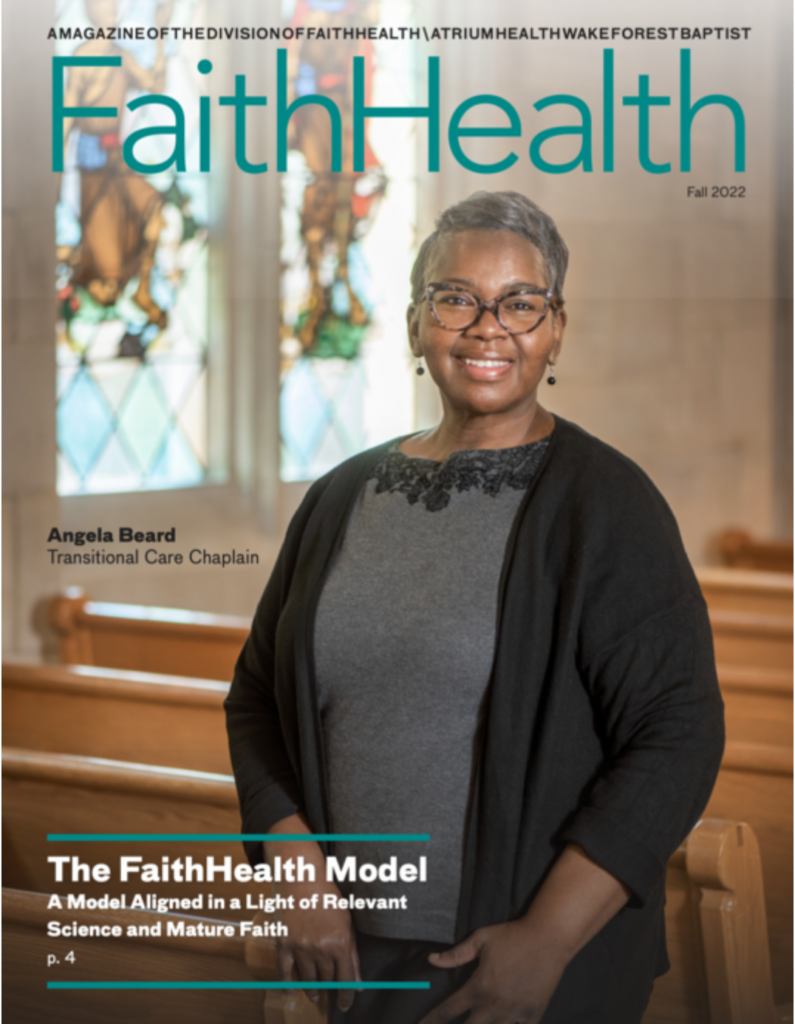By Gary Gunderson
You appreciate facts when the fog of conflict is greatest. So it’s not entirely surprising that just as Robert E. Lee was preparing to launch north into Pennsylvania in hopes of surrounding Washington, D.C., that Abraham Lincoln created the National Academies of Science. Knowing that the government needed many kinds of facts, Lincoln created this trustworthy structure that could be called upon by any department to investigate, examine, experiment, and report upon any subject of science or art. Once Lee was turned back at Gettysburg this new body addressed coinage, weights and measures, iron ship hulls, and the purity of whiskey.
Today in a time of polarization second only to the Civil War, the National Academies remains a well-oiled engine of inquiry conducting an extraordinary array of blue-chip reports on the most technical, practical and controversialsubjects. The Academies has two basic forms of study, one to conclude a subjectby reaching an expert consensus and a second to open a subjectup, through a broad and curious Roundtable. Not surprisingly to those who know me, I serve on the open-it-up body, representing both Wake Forest Baptist Medical Center and Stakeholder Health.
Networks and social structures of faith are assets
Last March, in a move that Lincoln would have liked, the NAS Roundtable on Population Health Improvement held a public workshop on the campus of Shaw University in Raleigh, North Carolina. It was designed to open up the subject of how the networks and social structures of faith are assets for the health of those the Bible calls “the people”—the public. With his broad and lively curiosity about faith Lincoln would have loved seeing the NAS on the campus of a university established by an ordained Union armysoldier to educateformer slaves. Today, the educational jewel of the General Baptist State Convention, Shaw knows about conflict and facts. Seminary students crafted the bricks for the first four-year medical school in the United States (months before Harvard) and was later closed in the Flexner reforms that standardized medical training—with no small racial bias that lingers today.
The March workshop opened up the subject that lies at the center of two moving fields: what are the assets of the broad and diverse “communities of spirit” in the 21stcentury? And what do those assets have to do with the rapidly evolving bodies of science and technique of population health? These are brave questions at this conflicted time. It’s easier to simply say they are separate, and the more separate the better, but that would be looking away from exactly where the most interesting opportunities lie.
The workshop brought together a range of examples of boundary-spanning collaboration beginning with an opening presentation by Dr. Prabhjot Singh of the Icahn School of Medicine at Mount Sinai. He noted that 350,000 U.S. congregations overlap with 250,000 neighborhoods, together forming the “connective tissue” that must be understood to improve population health. “At a time when public health and healthcare institutions are both trying to work more concertedly to improve population health they are finding common ground in neighborhoods.”
The sheer spread and scale of these neighborhood-level assets was further opened up by the simple, but profound, matrix that came from the work of the Africa Religious Health Assets Program. All of these assets can be understood as having tangible, intangible, immediate and long-term kinds of effects on health over a lifespan. The 350,000 congregations—communities of spirit, since they are not all Christian—are themselves complex social entities.
 Collaborating to advance community health
Collaborating to advance community health
The key question is how these many complex assets can be woven into collaborations that advance the health of the whole community. The workshop raised up examples of this work in Chicago, Alabama, California, Mississippi, Memphis and North Carolina, including large-scale outcome data. Each of these examples could easily have absorbed an entire day. Who would not want to know at least that much about the story of the University Muslim Medical Association, which was presented by their United Methodist Board Chair? The faith-based Federally Qualified Health Center began in 1992 after the Watts riots by Muslim medical students, now working in partnership with a broad array of community partners as well as both public and faith-based healthcare.
The workshop opened up a subject that will take years to unpack. Many of the most interesting large scale collaborations are quite young—Memphis, the largest, just marked its 10 anniversary. Many share work at smaller scale. Few have a full and robust evaluation process that allow for real comparison across different social-economic settings.
A full monograph from the meeting will be published by the NAS this fall, along with supporting papers about the underlying theory of Communities of Spirit and working with these complex collaborations. We anticipate that some of the Stakeholder Health partners will be convening at the NAS to talk about conducting systematic and collaborative research in this area.
Read the Proceedings in Brief HERE.
Edited video of the roundtable workshop of the Roundtable HERE.
A briefer report on the meeting was published in the North Carolina Medical Journal: Gunderson, G., Magnan, S and Baciu, A. Faith-Based Assets and Multi-Sector Community Teams: Tapping into Deeply Woven Roots. North Carolina Medical Journal July-August 2018 79:236-237; doi:10.18043/ncm.79.4.236

